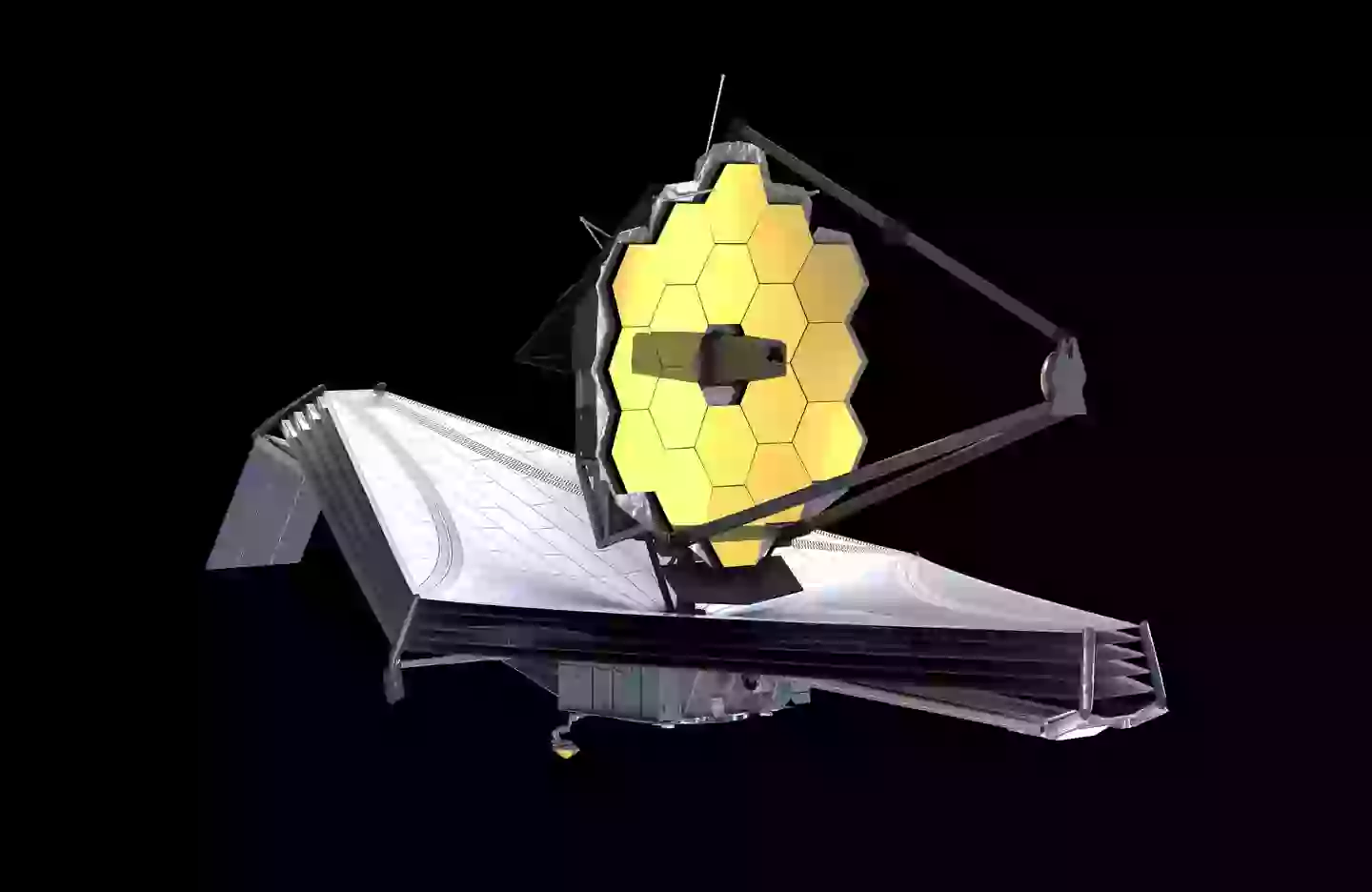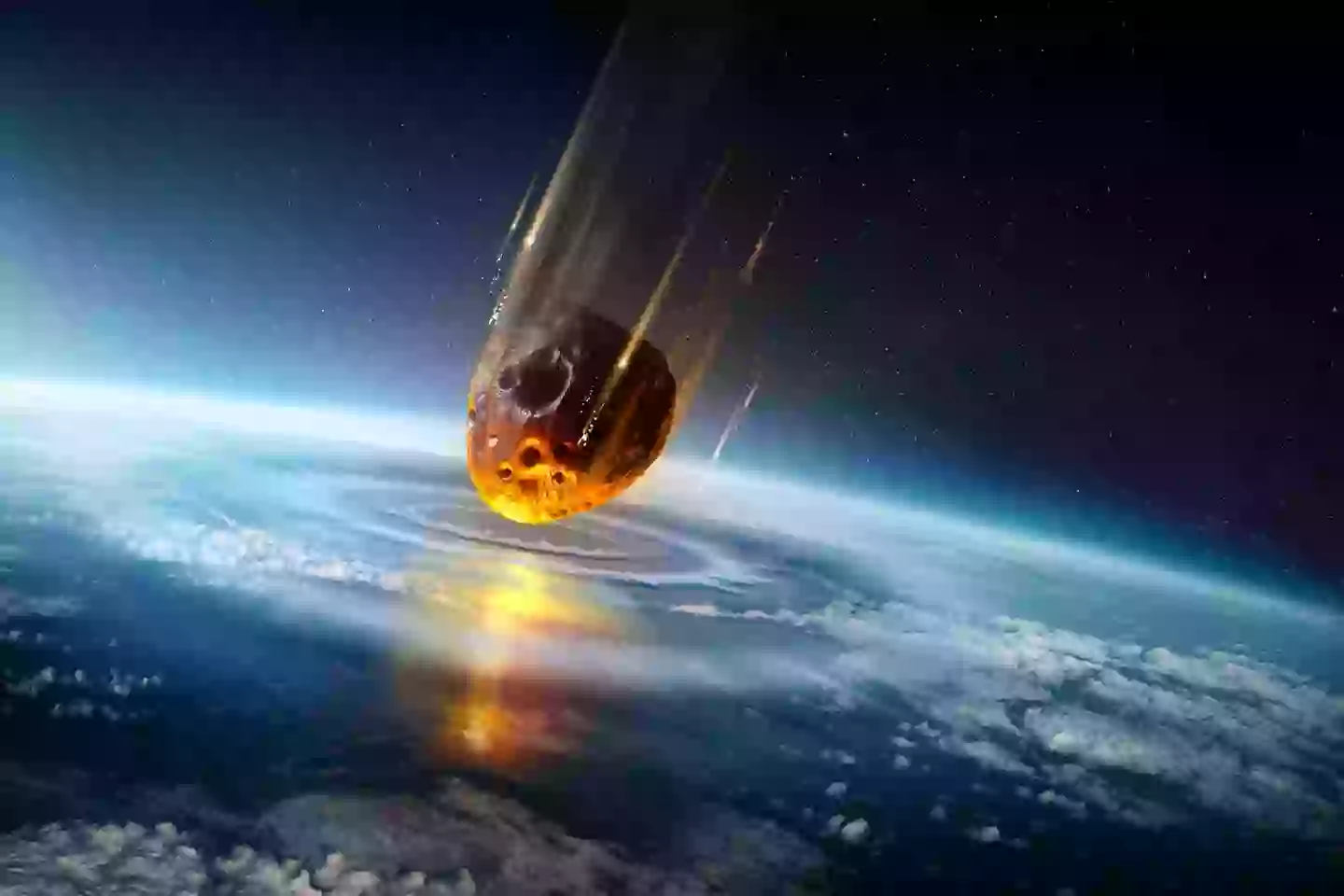.jpg)
NASA's James Webb Telescope is set to take a look at the 'city-destroying' asteroid which could hit Earth in 2032.
The asteroid, known as '2024 YR4', was discovered by NASA’s Asteroid Terrestrial-impact Last Alert System (ATLAS) in Chile on 27 December, last year.
The chances of 2024 YR4 colliding with Earth
Current estimates have measured it between 40 and 90 meters (130-295 feet), with a 2.3 percent (one in 43) chance of colliding with Earth on 22 December 2032.
Advert
However, NASA has said that 2024 YR4 'has surpassed the one percent impact probability', previously mentioned by Paul Chodas, director of NASA's Centre for Near Earth Object Studies.
“We are not worried at all, because of this 99 percent chance it will miss,” he said. “But it deserves attention.”
Why NASA is using the James Webb Telescope

But with this higher probability of collision, the James Webb Space Telescope (JWST) will be used to get a much more accurate estimate of the asteroid’s size.
Advert
The JWST is the scientific successor to the Hubble Space Telescope and its ultimate goal is to study the formation of galaxies and stars after the Big Bang.
"It is very important that we improve our size estimate for 2024 YR4: the hazard represented by a 40m asteroid is very different from that of a 90m asteroid," the European Space Agency explains.
"Webb is able to study the infrared light (heat) that 2024 YR4 emits, rather than the visible light it reflects. Infrared observations can offer a much better estimate of an asteroid’s size.
"This, in turn, will be used by ESA, NASA, and other organisations to more confidently assess the hazard and determine any necessary response."
What happens if 2024 YR4 collides with Earth?

Advert
Given that 2024 YR4 is capable of an explosion equivalent to eight-megatons of TNT - which is 500 times more powerful than the atomic bomb dropped on Hiroshima - it could wipe out an entire city.
As things stand, the asteroid's 'risk corridor', the most likely geographical area it could impact, is from South America across the Atlantic Ocean to sub-Saharan Africa.
What we could do to protect the planet in event of a strike?
NASA's Double Asteroid Redirection Test (DART) mission proved to be a success in 2022, as they intentionally managed to crash a spacecraft into an asteroid as method of deflection.
The mission was a first-of-its-kind, and the DART spacecraft collided with Dimorphos, shortening its orbit by 32 minutes.
Advert
But volcanologist Dr Robin George Andrews has warned on X: "You need 10 years or more to build, plan and execute an asteroid deflection mission
"We have less than eight years to potentially deal with it, if needed.
"But we don't have much time, and we don't have enough info about this rapidly fading asteroid to properly inform our planetary defence decisions yet."